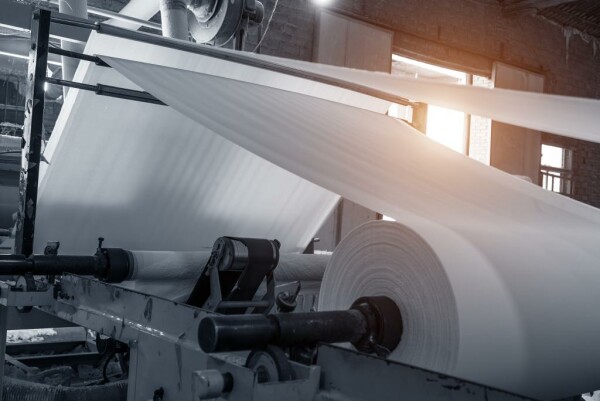The Pulp Market and its Influence on FiberLean

Our applications in UWF, CWF, FBB and WTL are all, more or less, dependent on the value of the pulp we replace with filler and MFC. The packaging applications are less dependent as we there tend to both increase filler and reduce basis weight or use FiberLean® MFC to increase strength in mid-ply to allow using bulkier pulp mix. For pure filler increase in UWF and CWF we see a huge impact of pulp cost on the value we are creating.
Working on our 5-year business plan in 2011 we made our own pulp price forecast based on simply extrapolating an 8-year trend line. Our conclusion was that the list price of NBSK should be averaging at about €640 for the period 2010-2015. This was considered good news as we had been used to pulp prices around €500 and even lower in the first years of the FiberLean development project.
Looking back at average NBSK pricing in 2010-2015 we can now see that it was just about €700. Higher than forecast? Well, not really. There is more to pulp pricing than meets the eye. Pulp is a globally traded commodity with openly published “list prices”. However, the way pulp suppliers secure volume with large volume users is through long-term contracts with a rebate deducted from whatever list price will be at the time of call off. In this period rebates tended to increase. It is notoriously difficult to follow how rebates evolve as this is business sensitive information that neither seller nor buyer is keen on sharing. Our judgement is that rebates increased somewhere between 5 and 10% in this period. This brought the actual net pricing back, pretty much to the level we had forecast.
In the beginning of 2018 pricing had climbed to €860 for NBSK. Since then we have seen quite an exceptional development. Prices have continued climbing, and today we have list prices of €1065 for NBSK and €910 for Eucalyptus, CIF European port.
A major contributing factor this year has been the ban on importing “waste” in China. The Chinese industry is to a very large degree dependent on importing pulp, both recycled and virgin. The ban has forced some mills to switch from recycled to virgin pulp, enough to change the supply and demand balance across the world.
So, how much difference does these changes make? Assuming the same cost for MFC and filler and only allowing for the increased value of the pulp being replaced, the changes actually have a profound impact.
Our experience shows that for every ton of customer pulp converted to MFC we can replace 5 ton of pulp with filler. The current value of this filler increase concept is now well over twice as high as it was back in the 2010-2015 period.
Not surprisingly we see strong interest in FiberLean from paper mills today. We have three successful FiberLean® MFC plants in operation. With continued growth, we believe that FiberLean® MFC will become the standard for producing the best and most cost-efficient papers and boards around the world.
Request for more information
To make an enquiry please complete the form below.
